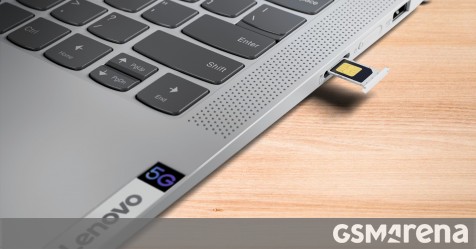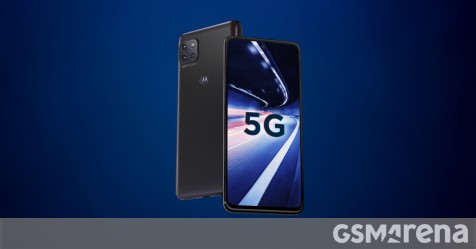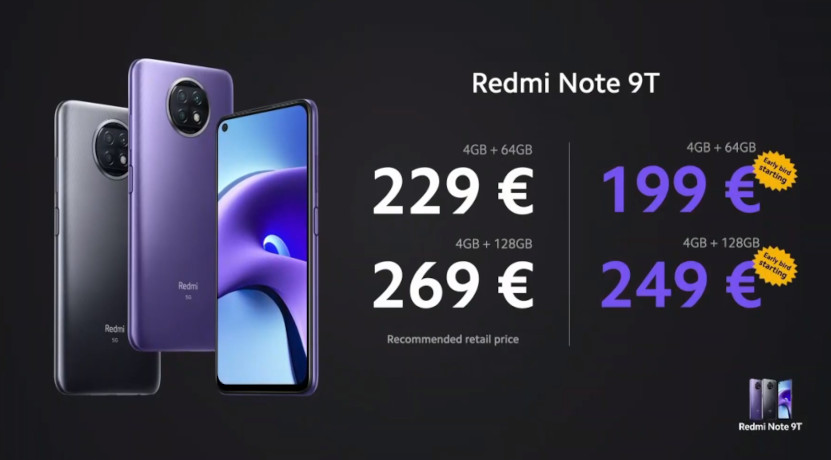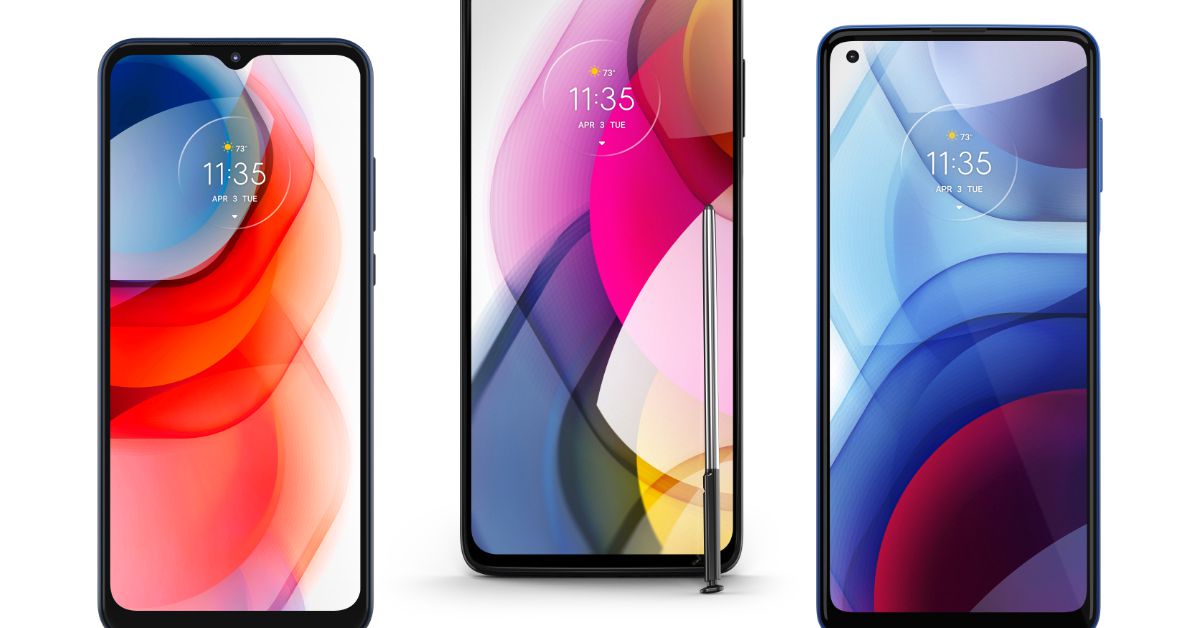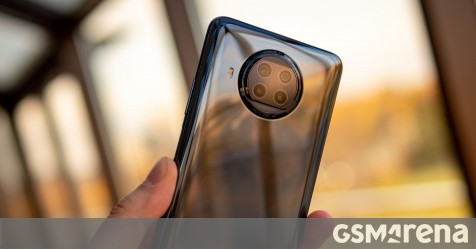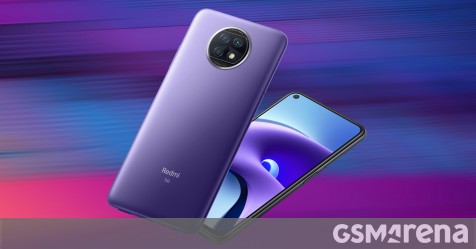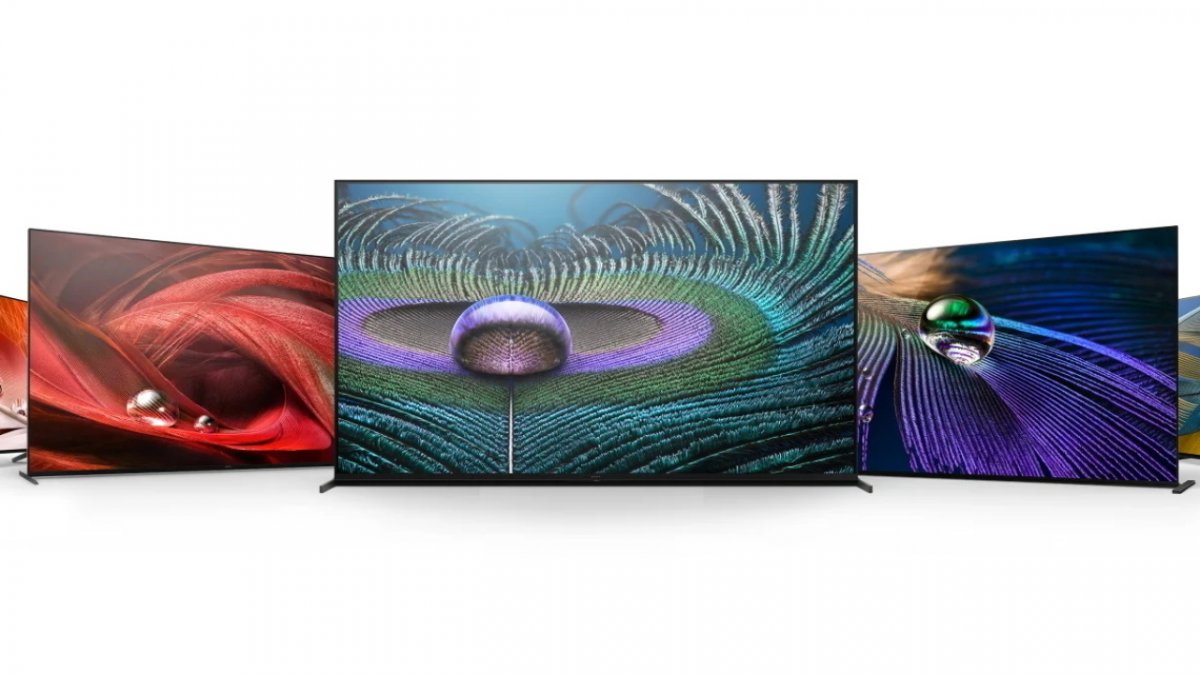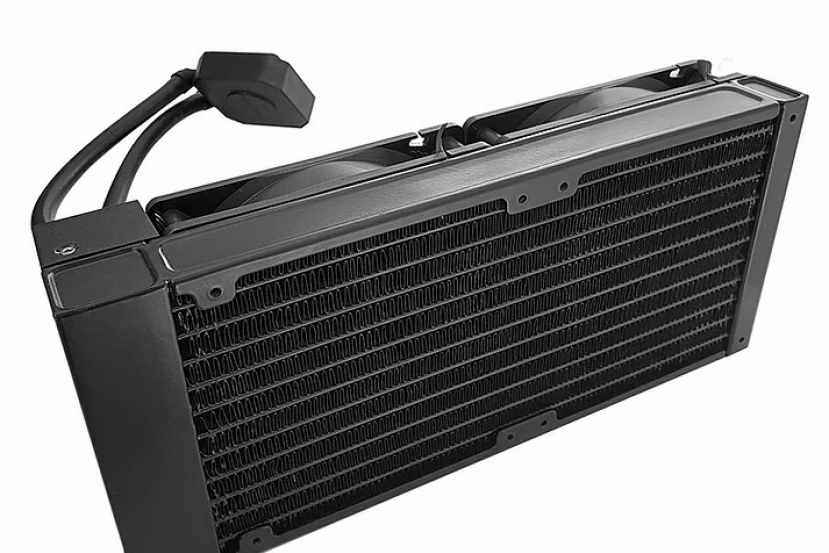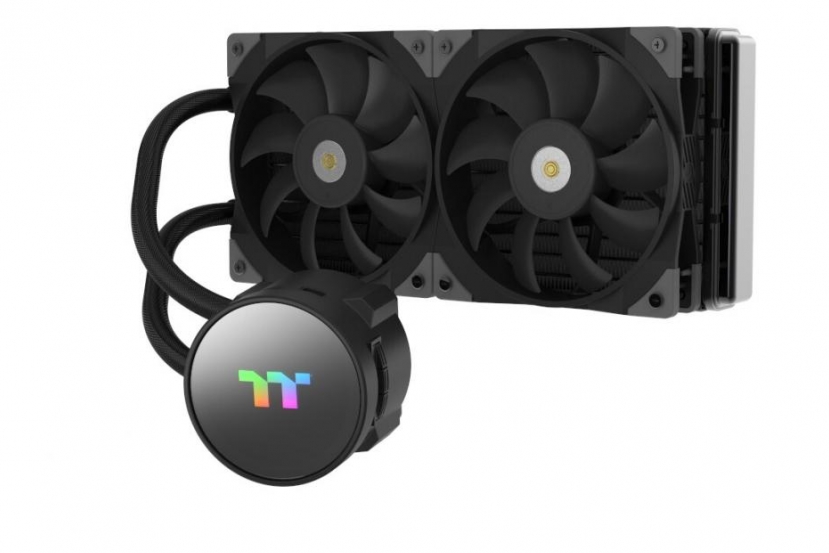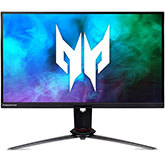Following the announcement of the Tab P11 tablet, Lenovo is continuing its CES show with several laptops – all of them portable, but some quite powerful as well. The laptops are powered by all sorts of CPUs – from a Snapdragon chipset through an Intel CPU to an AMD Ryzen H-series with Nvidia RTX graphics.
Lenovo IdeaPad 5G
This 14” laptop is powered by the Qualcomm Snapdragon 8cx chipset, a 7nm part with full support for Windows 10. Also, the low TDP allows for a fanless design and perfectly quiet operation.
True to its name, the IdeaPad 5G has next-gen connectivity
The laptop is equipped with an X55 modem, offering fast 5G connectivity (the sub-6 variety), with a potential for a major speed increase if you have a fast 5G network nearby. Somewhat disappointingly, it only supports Wi-Fi 5 (802.11ac) for at-home connections.
As for the laptop itself, it features a 14” screen with slender bezels. The 1080p IPS LCD panel promises 300 nits of brightness and 100% sRGB coverage. There are also user-facing speakers optimized with Dolby Audio and dual array microphones for voice and video calls.
The Lenovo IdeaPad 5G is powered by a Snapdragon 8cx chipset
The laptop weighs just 1.2 kg (2.6 lbs) and measures 14.9 mm thick (0.59”). This is with a 51 WHr battery, which can last 20 hours of continuous video playback (note: local video with the 5G modem turned off). It charges over USB-C using the 65W Rapid Charge Express power adapter.
The Lenovo IdeaPad 5G will launch in select markets soon, but will not be available in North America (at least not at first). Prices are TBA and will vary by region.
Lenovo IdeaPad 4G/LTE
If you don’t have 5G in your neck of the woods (or want to save some money), this is a similar 14” laptop, which drops down to the Snapdragon 8c chipset. It only offers 4G connectivity, but that can be fast enough for your needs.
The laptop can be configured with up to 8GB of LPDDR4X RAM and a PCIe SSD with up to 512GB capacity.
Lenovo IdeaPad 5i Pro (with Intel)
If you’re not ready to jump on the “Windows on ARM” train, the IdeaPad 5i Pro uses an 11th Gen Intel Core processor (up to i7). The all-metal laptop is offered in two sizes – 14” and 16”, which weigh 1.45 kg and 2 kg, respectively. Both screens have 16:10 aspect ratio.
The larger 16” laptop has a 2.5K display with an option for 120Hz refresh rate. The IPS LCD panel can go up to 350 nits brightness. The 14” display is sharper and brighter with 2.8K resolution and 400 nits. This one has an option for 90 Hz refresh rate (you can press Fn+R to go into HRR mode).
14″ Lenovo IdeaPad 5i (with Intel Core 11th Gen and Nvidia MX450)
Configuration options include up to Intel Core i7 11th Gen and Nvidia MX450 graphics. The Lenovo Q-Control feature lets you hit Fn+Q to toggle between maximum performance and batter saving mode. You can fit 16 GB of DDR4 RAM into the laptop and an SSD up to 1 TB (PCIe M.2).
The 14” model has a 56.5 WHr battery, the 16” one gets a larger 75 WHr capacity and can be charged over its Thunderbolt 4 port. Oh, and these do have Wi-Fi 6 on board.
Interestingly, the laptops feature a 3D ToF sensor and Glance software by Mirametrix, which keeps an eye on whether you’re paying attention and can automatically pause video if you move away from the laptop.
The Intel-powered IdeaPad 5 Pro models will be available in Europe, the Middle East and Africa (EMEA) from March. The 16” model will start at €900, the 14” one from €700. They will not be available in North America.
Lenovo IdeaPad 5 Pro (with AMD)
You can have these laptops with an AMD Ryzen H-series processor instead (exact configurations will be unveiled soon). These are again available with 14” 90 Hz and 16” 120 Hz displays.
This 16” Lenovo IdeaPad 5 Pro sets itself apart with optional Nvidia GeForce RTX graphics and up to 32 GB of DDR4 RAM. This makes it something of a gaming laptop and that 120 Hz screen won’t go to waste (the 14” model gets only an MX450 GPU).
16″ Lenovo IdeaPad 5 (with AMD Ryzen H-series and Nvidia RTX)
The availability of the Ryzen-powered IdeaPads is split. The 16” model is headed to North America, it will start at $1,150 and expected to be in stores in May. The 14” model won’t be found in North America but is going to EMEA instead, launching in March at €800.
Alexa Show Mode for PC
This feature effectively turns your Lenovo laptop in a smart display that can be the hub for your smartphone. It supports voice commands and shows at-a-glance information, it can do everything an Echo Show can.
Show Mode for PC turns your Lenovo laptop into an Alexa smart display
Show Mode will launch in Q2 of this year and will be available to a wide range of Lenovo devices, including select Yoga and IdeaPad laptops.
Source
